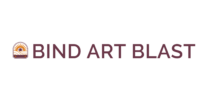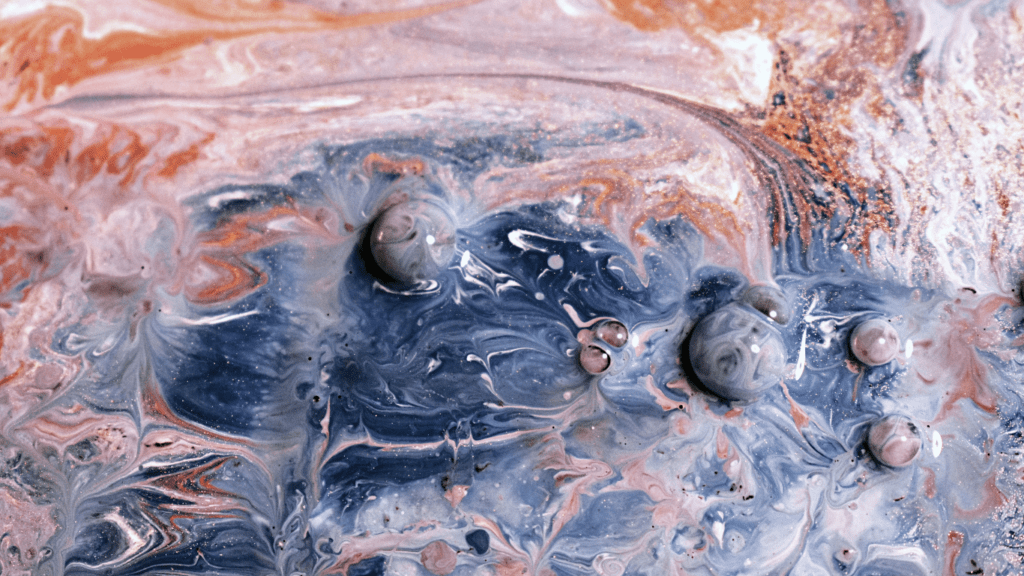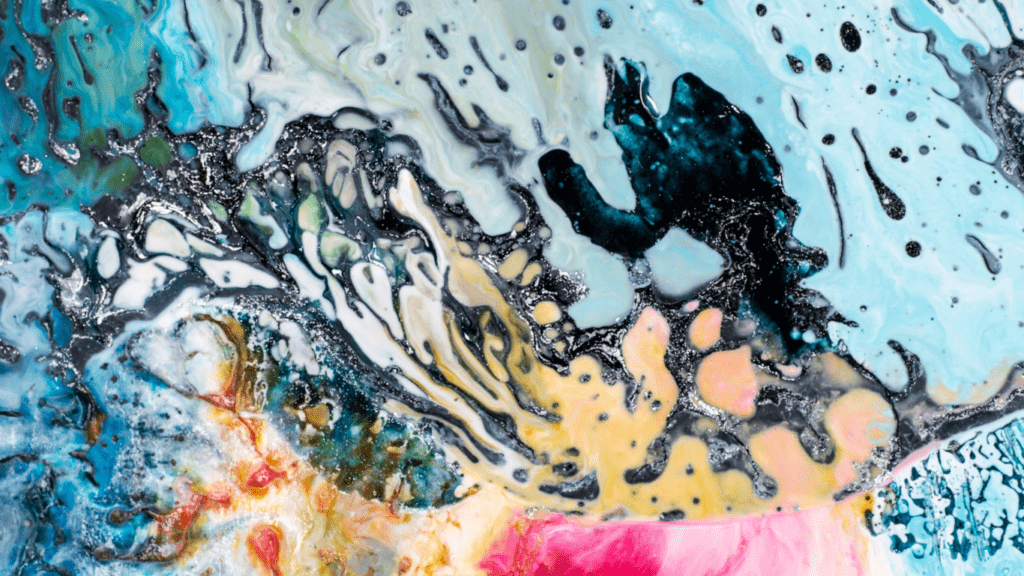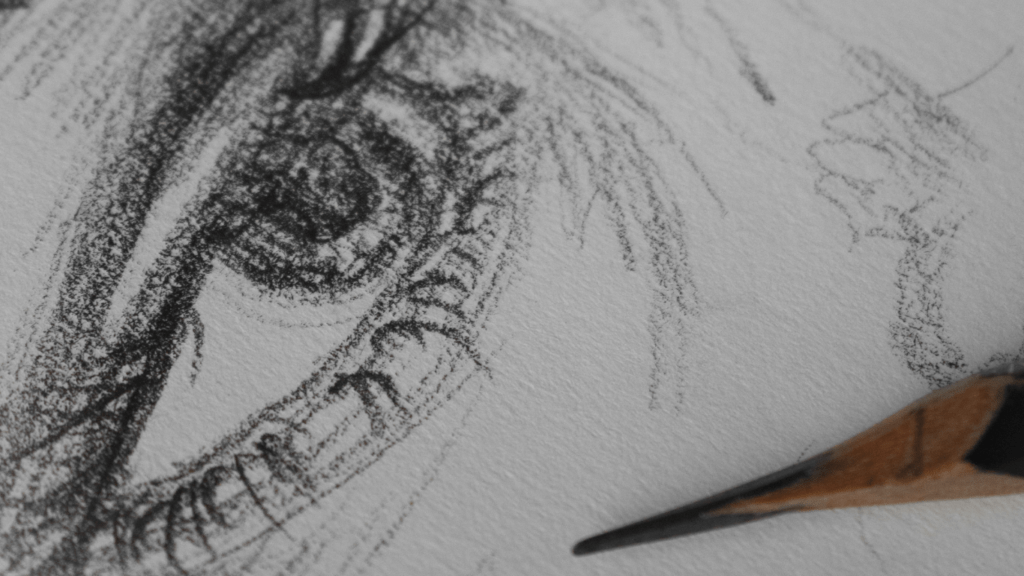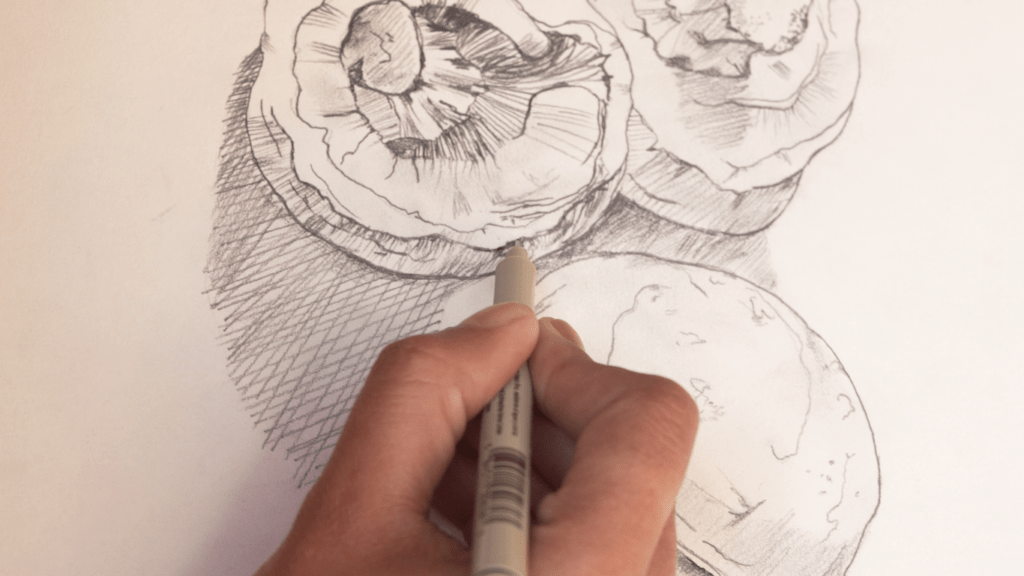Understanding Abstract Art
Abstract art emphasizes emotion and creative expression rather than recognizable forms.
What Defines Abstract Art?
Abstract art removes itself from depicting reality. It prioritizes shapes, colors, and forms. Artists use these elements to convey emotions or ideas. This genre often includes works that appear non-representational. For example, Wassily Kandinsky’s paintings use bold colors and dynamic shapes to evoke deeper emotional responses.
Historical Context and Influences
Abstract art emerged in the early 20th century. Influential movements like Cubism and Fauvism laid its groundwork. Artists like Pablo Picasso and Henri Matisse explored fragmented perspectives and vivid colors. Additionally, abstract art gained momentum through artists like Piet Mondrian and Jackson Pollock. Major historical events also played a role in its development, such as World War I, which spurred artists to seek new forms of expression.
Materials and Tools Needed
Experimenting with abstract art techniques requires some essential supplies and advanced tools. Selecting the right materials can greatly impact your creative process.
Basic Supplies
Basic supplies for abstract art include canvas, acrylic paints, brushes, and palette knives. Canvases come in various sizes and shapes, fitting different artistic intentions. Acrylic paints are versatile, drying quickly and allowing layer application. Brushes of different sizes and shapes enable varied strokes. Palette knives help create texture and layers in your art.
Advanced Tools and Techniques
Advanced tools such as airbrushes, oil pastels, and modeling paste expand creative possibilities. Airbrushes allow for smooth gradients and intricate details. Oil pastels offer rich color blending, adding depth to abstract pieces. Modeling paste adds three-dimensional texture, making art stand out uniquely. Advanced techniques include pouring, stippling, and impasto. Pouring creates fluid, organic designs; stippling uses dots to build texture; impasto involves thick paint application for a sculptural effect.
Getting Started with Techniques
To dive into abstract art, start by understanding core techniques. Focus on foundational elements and use them to create impactful pieces.
Color Theory and Application
Color plays a critical role in abstract art. Study the color wheel to know primary, secondary, and tertiary colors. Learn about complementary and analogous colors to create contrast and harmony. Experiment with different color palettes to see how colors interact. Apply paint in layers to explore how opacity and transparency affect your composition.
Texture and Layering
Texture adds depth and interest. Use tools like:
- palette knives
- sponges
- even household items
to create varied textures. Try different methods like impasto, where thick paint adds a tactile component. Layering paint can create a sense of time and complexity; let each layer dry before adding the next to avoid muddying colors.
Composition and Balance
Balance keeps the viewer’s eye engaged. Use principles like symmetry, asymmetry, and focal points to guide the viewer’s gaze. Play with the placement of shapes and lines to create dynamic compositions. Avoid overcrowding; ensure that each element has space to breathe.
Exploring Different Styles

Experimenting with abstract art opens up a world of diverse styles. Each offers unique approaches and expressive possibilities.
Geometric Abstraction
Geometric abstraction focuses on using geometric forms and shapes. Artists create visually stimulating patterns by arranging circles, squares, and triangles. Precision in lines and symmetry often defines this style, where mathematical concepts can inspire. For example, Piet Mondrian’s works use grids and primary colors to create a sense of balance.
Fluid Art
Fluid art involves pouring paints to form organic patterns. Artists use techniques like acrylic pouring or alcohol ink blending to achieve fluid motions. The unpredictable nature of the paint flow creates abstract compositions, often resembling natural phenomena like marbling or lava flows. Materials like pouring medium and silicon oil play a crucial role in fluid dynamics, adding depth and cell-like structures.
Mixed Media
Mixed media combines various materials in a single piece. Artists might integrate paper, fabric, and even found objects to add texture and dimension. Techniques like collage and assemblage expand creative boundaries. For instance, Picasso popularized mixed media in his later works, blending paint with newspaper clippings and other elements.
These styles offer different avenues to explore abstract art, each with unique techniques and expressive potential.
Finding Inspiration and Developing Your Style
To create engaging abstract art, I find that seeking inspiration and honing one’s unique style are essential steps. This requires both studying other artists and hands-on experimentation.
Studying Famous Abstract Artists
Investigating the works of renowned abstract artists like Jackson Pollock and Mark Rothko can offer valuable insights. Pollock’s technique, known as drip painting, embodies spontaneity and dynamic movement. Rothko’s Color Field paintings demonstrate how large areas of color can evoke deep emotion. By analyzing these artists’ styles, I can better understand how different techniques convey various feelings and ideas.
Experimenting and Personal Expression
- Experimentation is crucial in developing a personal style.
- Often try different mediums, such as acrylics, oils, or mixed media, to see which aligns best with my artistic vision.
- By practicing techniques like splattering, pouring, and layering, I explore new ways to express my emotions through art.
- Abstract art allows for immense personal expression, making it vital for me to remain open to new methods and ideas.
Utilizing Digital Resources
Digital tools offer another avenue for inspiration and skill development. Platforms like YouTube and Instagram provide tutorials and showcases from contemporary abstract artists. I also use software like Adobe Photoshop or Procreate to experiment with digital abstract art, allowing for non-traditional techniques and effects. Leveraging these resources can expand my creative horizons and refine my unique style.
